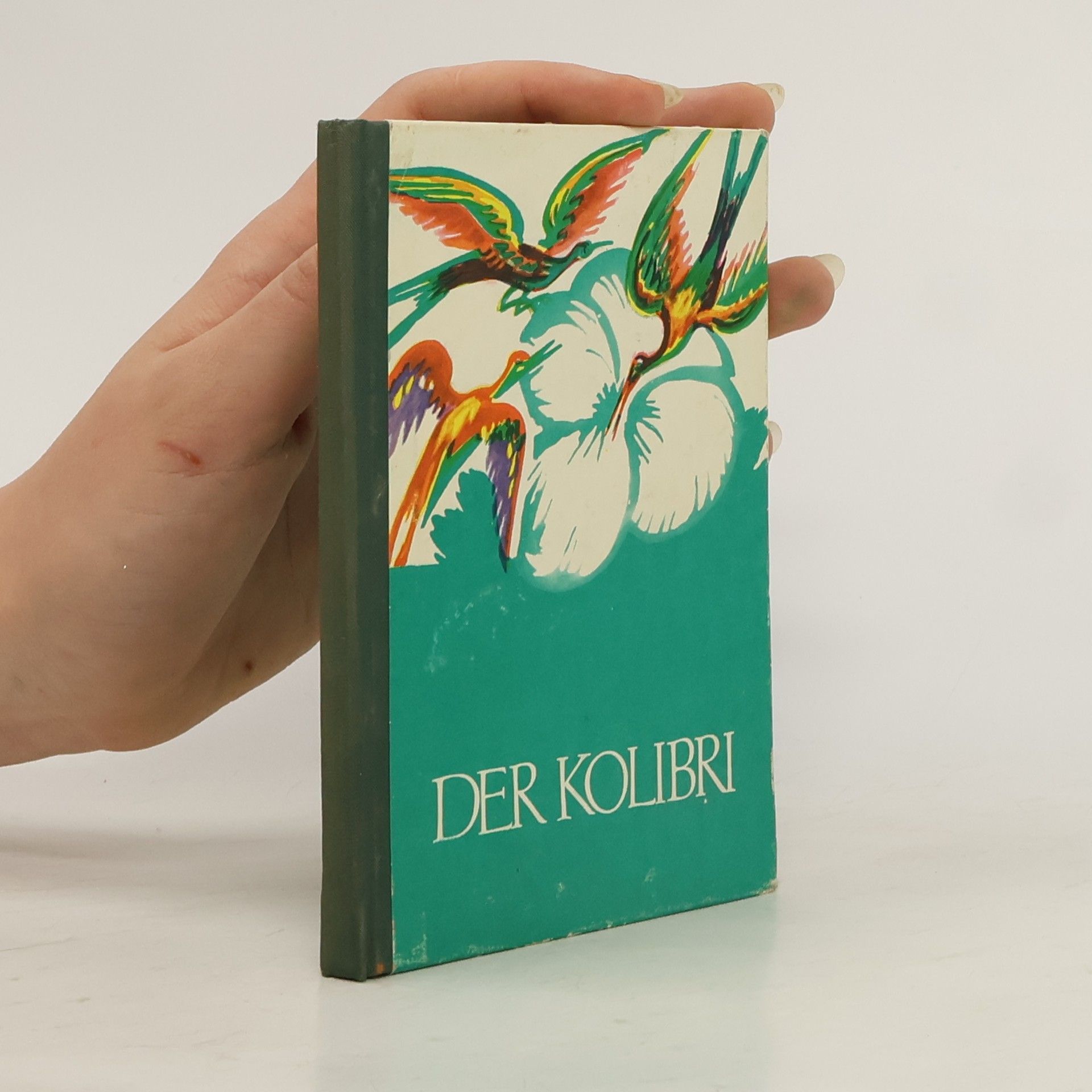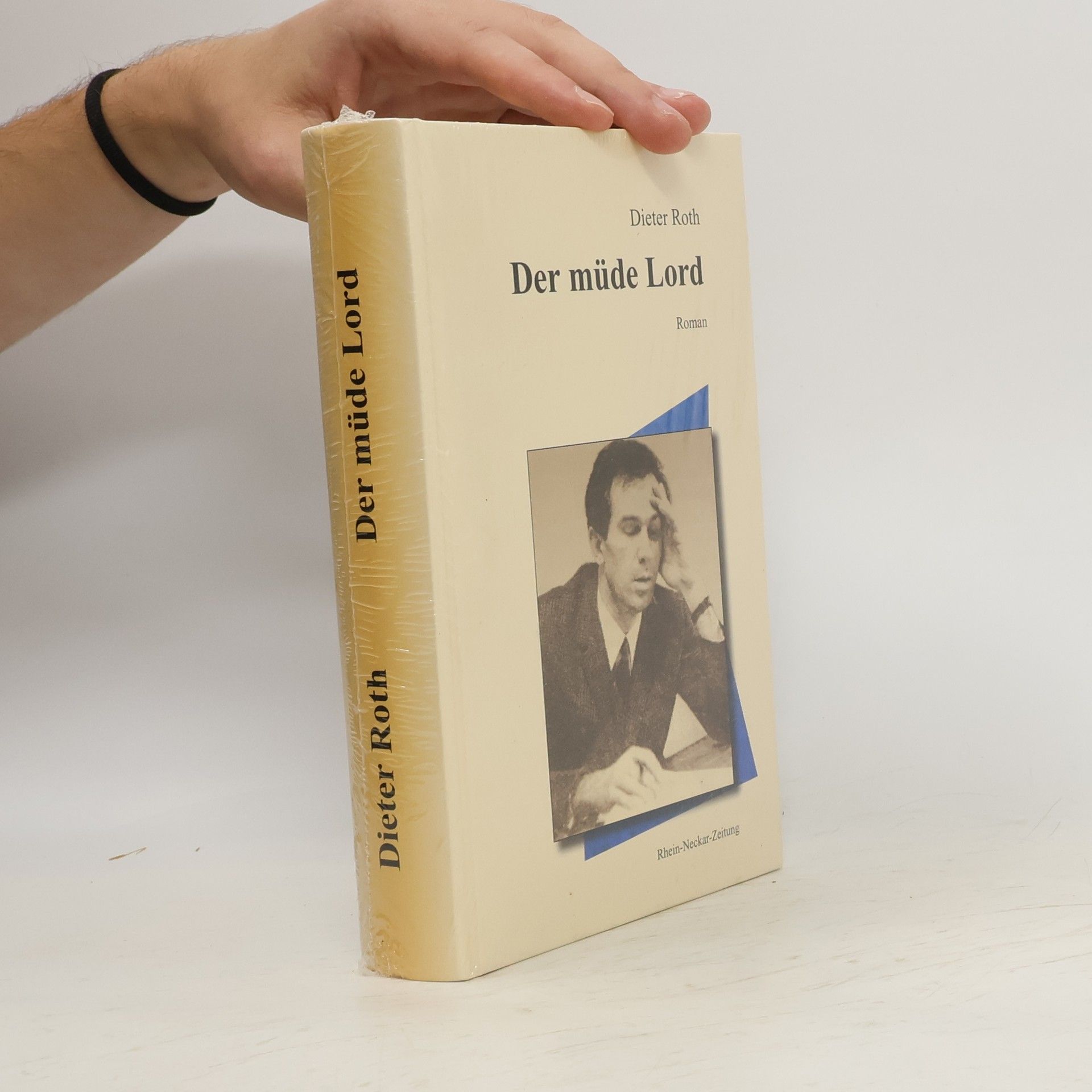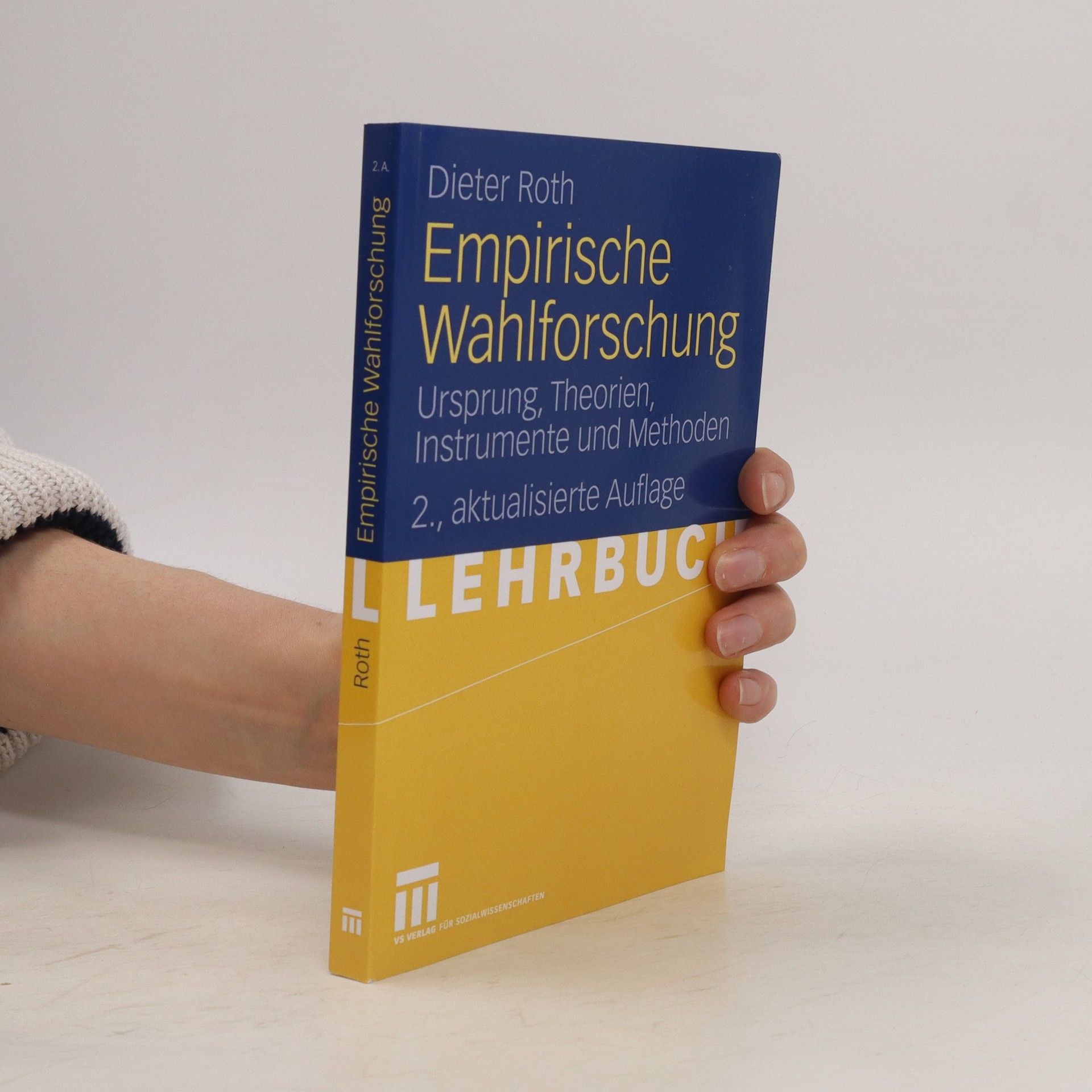A selection of artworks by international artists dealing with the food theme and all its implications. This volume accompanies the international traveling exhibition FOOD, that focuses on the preservation of Earth and food choices, as well as the effects of climate change, the poisoning of agricultural products, the food distribution gap, famine, and other related concerns.
Dieter Roth Livres
Dieter Roth était un artiste suisse réputé pour ses livres d'artiste, gravures, sculptures et œuvres réalisées à partir de matériaux trouvés. Son art, souvent empreint d'une tonalité sombre et d'une énergie furieuse et obsessionnelle, le distinguait de nombreux artistes Fluxus plus légers. Malgré son énergie débridée, Roth était un dessinateur accompli et un graveur expert, contenant sa puissante expression dans des formes particulièrement virtuoses.
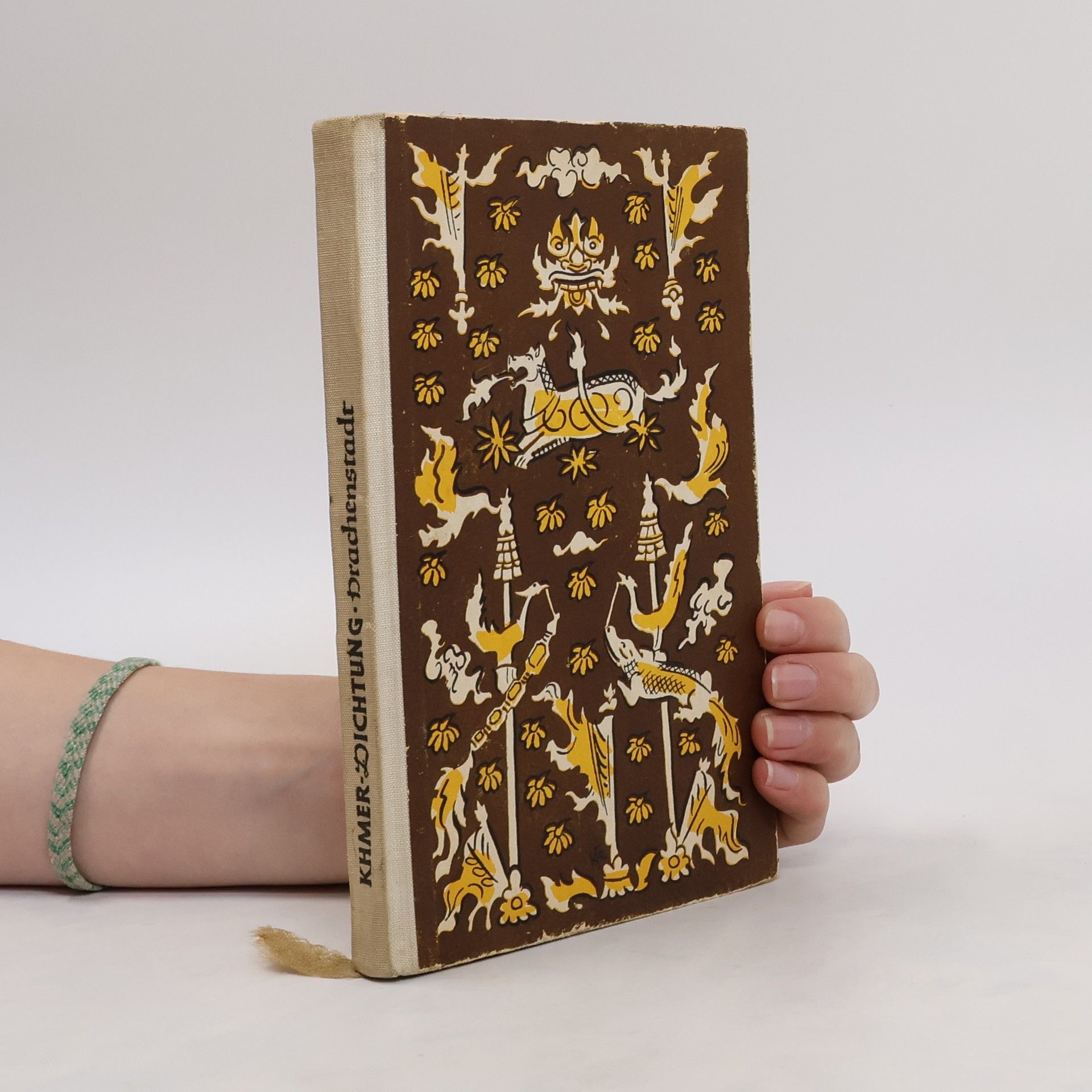

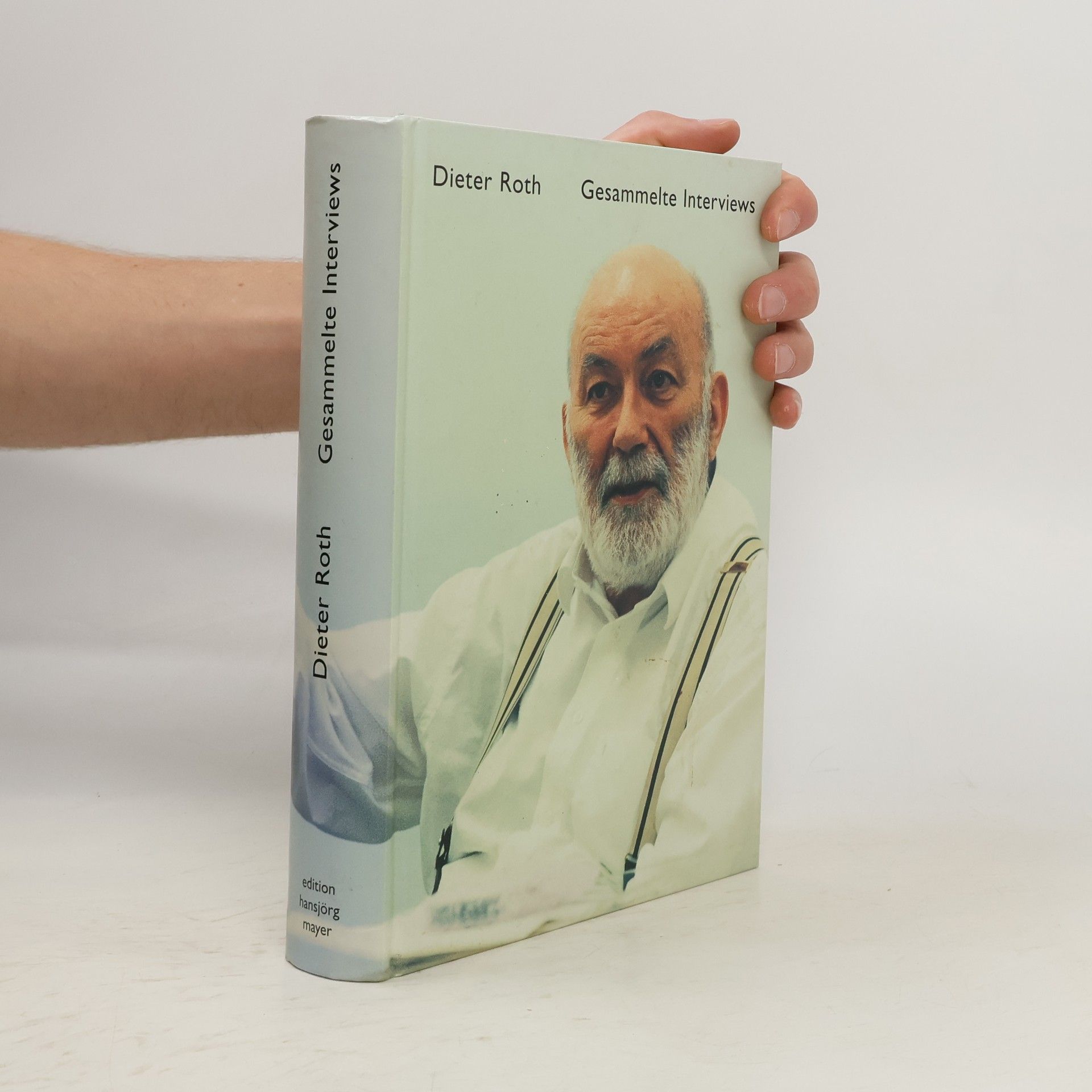
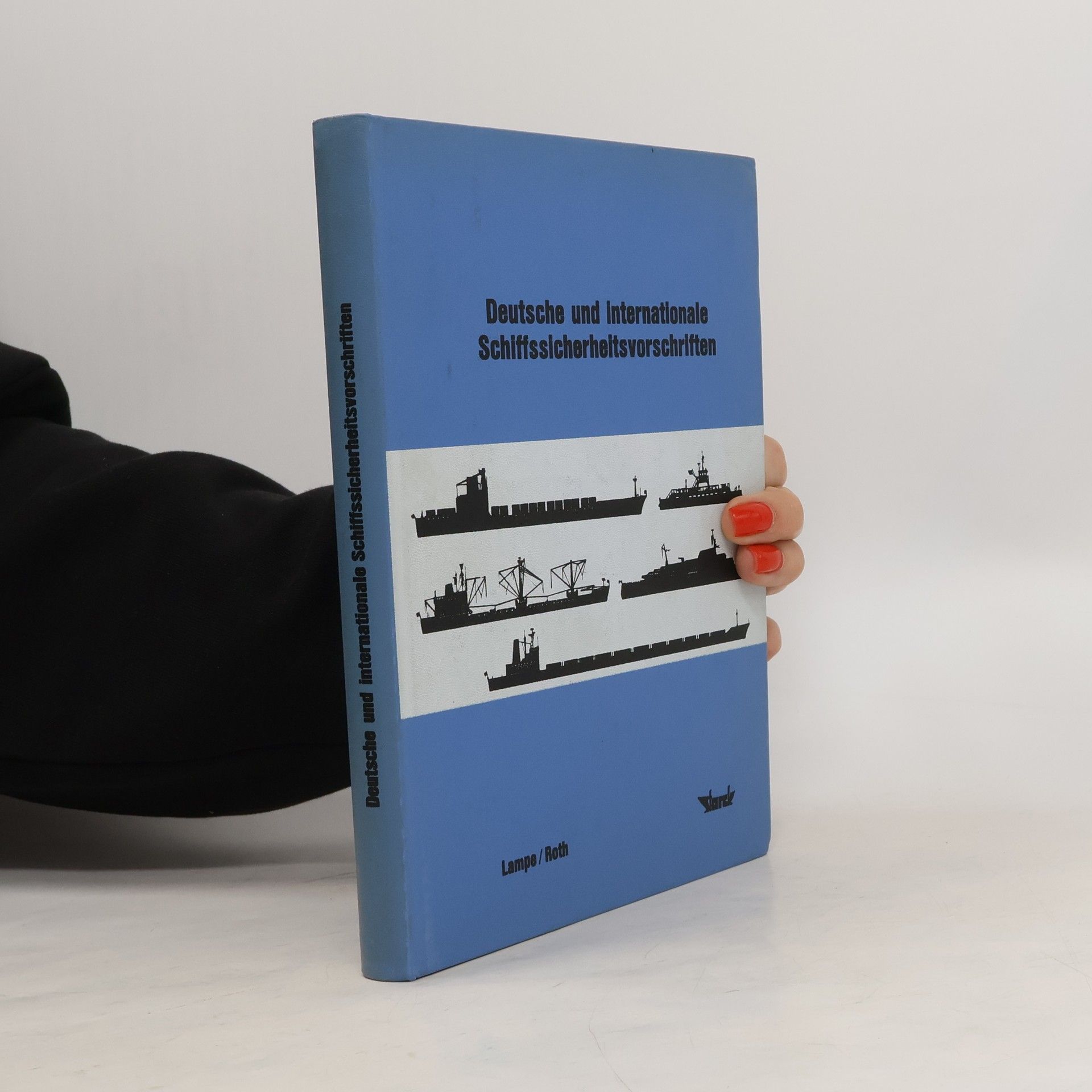
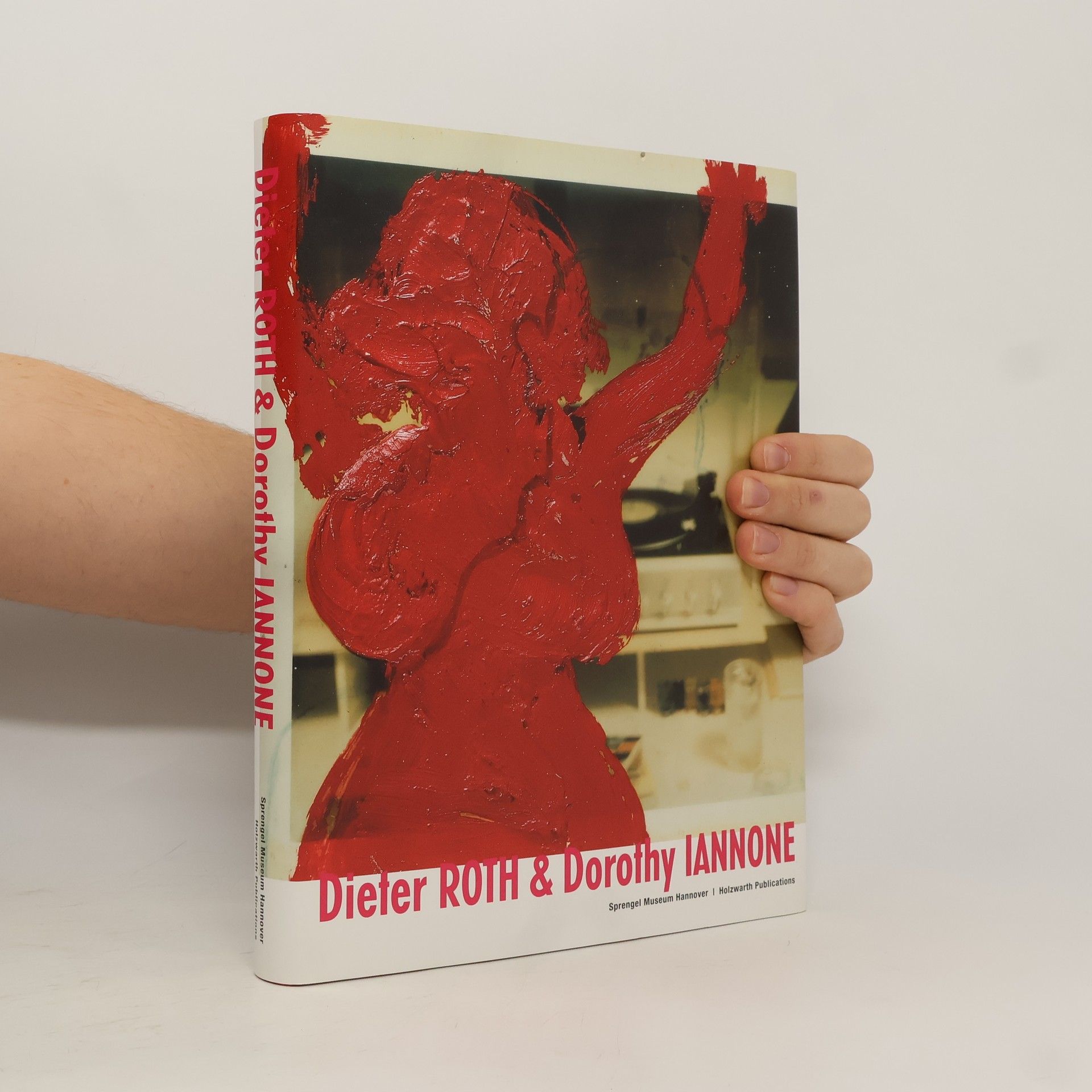

Dieter Roth & Dorothy Iannone
- 226pages
- 8 heures de lecture
Bücher und grafik. 1. t
aus dem Jahren 1947 bis 1971
Dies ist die aktualisierte Ausgabe eines Lehrbuchs über empirische Wahlforschung, das für Studenten, Journalisten und politisch Interessierte konzipiert wurde. In den letzten zehn Jahren hat die Wahlforschung an Bedeutung gewonnen, was sich auch in der steigenden Anzahl von Veröffentlichungen zeigt. Wer die oft zitierten und kritisierten Ergebnisse der empirischen Wahlforschung verstehen möchte, findet in diesem Buch wertvolle Informationen. Es werden verschiedene Theorien zur Erklärung von Wahlverhalten sowie Techniken der Datenerhebung und Analyse vorgestellt, die zur Beantwortung relevanter Fragen eingesetzt werden. Besonders betont wird die Vielzahl an Fehlerquellen, die zu gültigen Ergebnissen führen können, und die Begrenztheit der möglichen Aussagen. Das Buch bietet eine praxisorientierte Einführung in die empirische Wahlforschung, ohne den Anspruch zu erheben, alle Probleme des Fachs abzudecken. Für nicht behandelte Themen werden Hinweise gegeben, wo weiterführende Informationen zu finden sind. Bei der Erstausgabe wurde eine Lücke geschlossen, und viele methodische Fragen sind mittlerweile von anderen Autoren behandelt worden. Dennoch bleibt eine Einführung weiterhin relevant, da die Nachfrage besteht. Die meisten Beispiele basieren auf den Daten der Forschungsgruppe Wahlen e. V., mit deren Mitarbeitern ich verschiedene Aspekte diskutiert habe.
Im Buch sind alle Graphiken farbig abgebildet und in einigen Fällen mehrfach reproduziert, um die Unikatreihen deutlich zu machen. Ein einführender Text von Dirk Dobke (Dieter Roth Foundation) und ein Text, der auf einem Interview mit Richard Hamilton basiert, begleiten das Buch. Es korrigiert und ergänzt umfangreich die Bände 20 und 40 der „Gesammelten Werke“.
